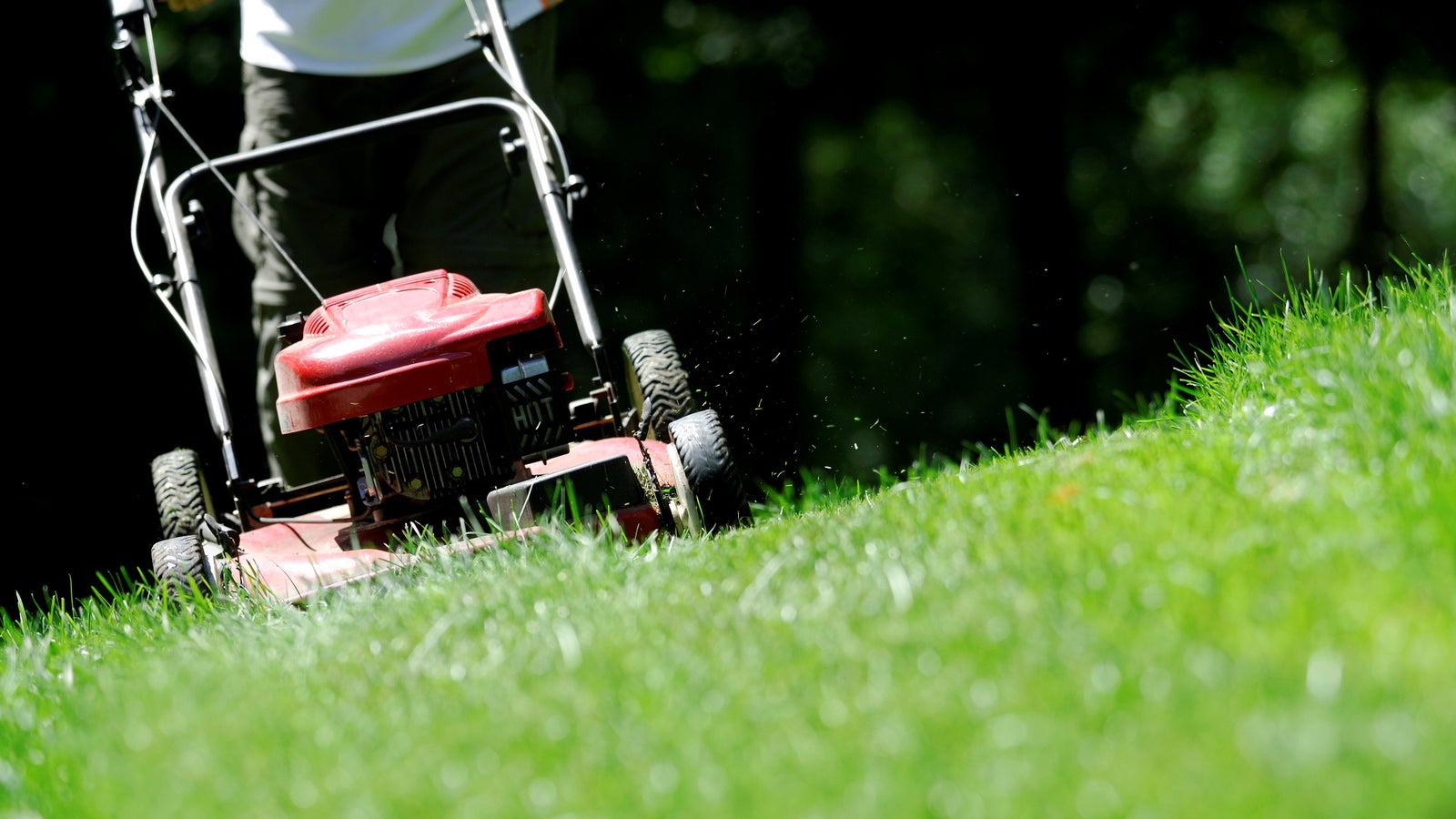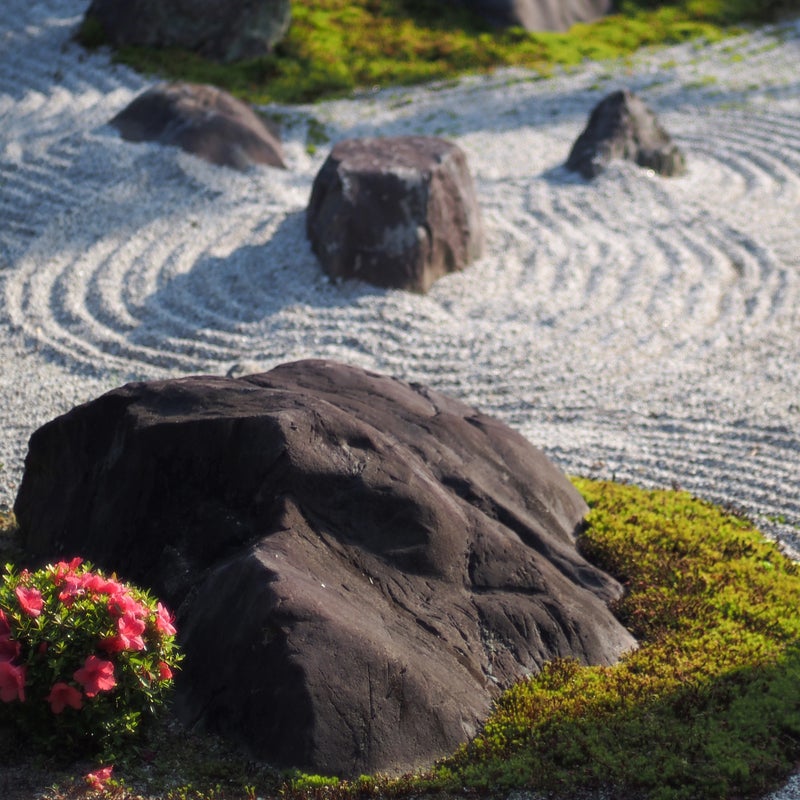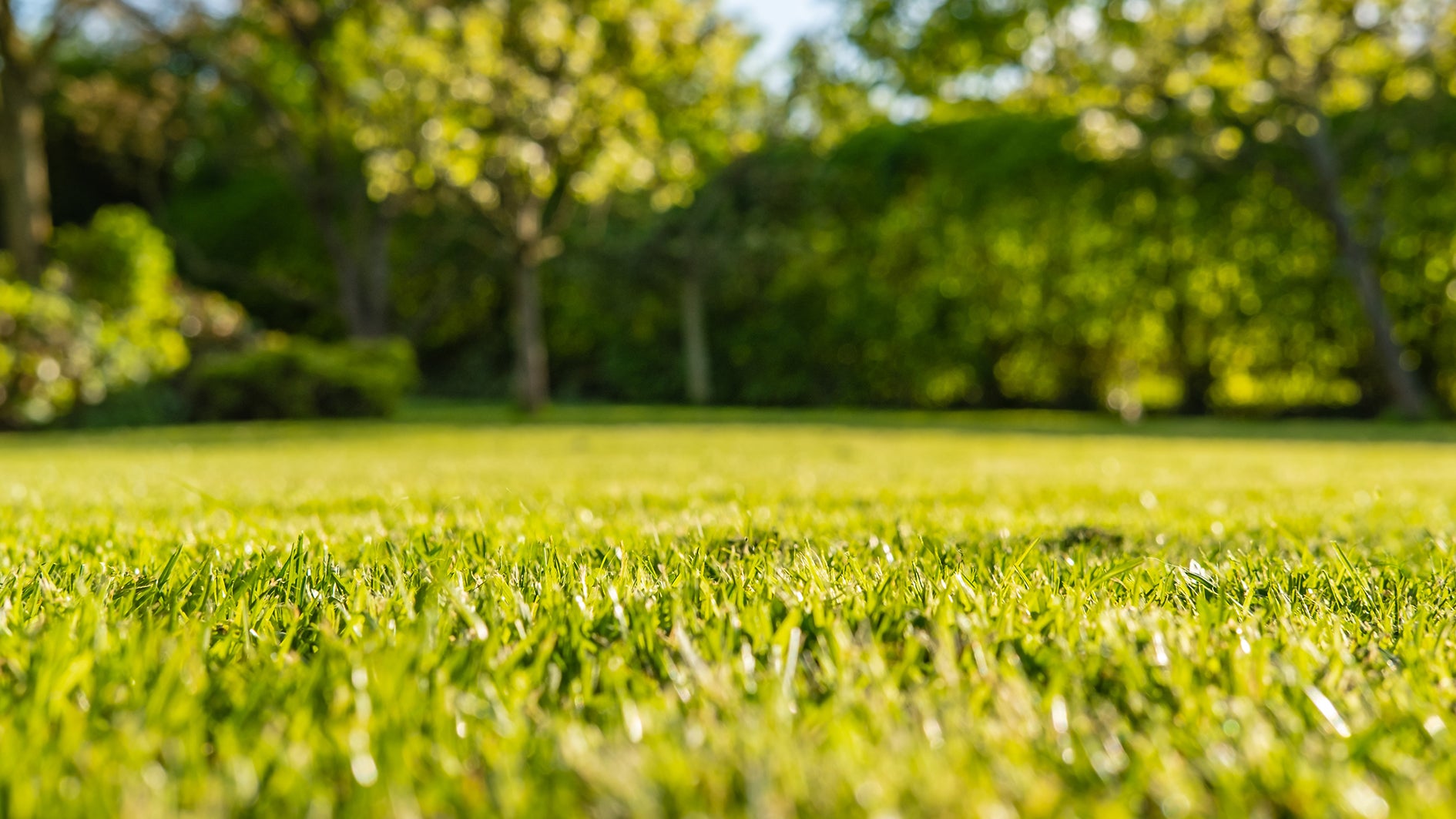
All About Lawns
03 Mar, 2021
Clear Weeds
You may find that the best way to ensure that you have a weed-free patch to plant into, is to kill any existing weeds by spraying a broad-spectrum herbicide. Choose a product that will not leave residue in the soil that could affect your new lawn, such as Yates Zero. After the weeds have died and browned off (this can take 2–3 weeks), rake away the dead foliage and remove any larger stones or other debris from the area. If possible, avoid disturbing the soil too much as this can encourage buried weed seeds to germinate.
Preparing to Sow
Start by smoothing out your soil to remove any uneven spots, removing any medium to large rocks, breaking up dirt clods. If you have clay soil, adding granular gypsum at this stage can help improve the soil structure, which will make maintaining your lawn much easier in the long run. Spread a layer of Living Earth Lawn Mix at a depth of 5cm to help make a fine seed bed.
Sowing Lawn Seed
Follow the instructions and suggested rates on the packaging and start sowing your seed. A good trick is to divide your seed into two portions and spread half out while moving north to south and then spread the other half out east to west: this ensures that the seed is spread evenly. After sowing, lightly scatter another layer of Living Earth Lawn Mix to cover the seed or gently rake to cover them. If you are sowing a large area, sometimes using a hosepipe or a rope to divide the land into smaller sections, and dividing your seed up accordingly, will ensure that you divide the seed out evenly.
Selecting Seed
There are many types of lawn seed to choose from. Thinking about the location of your lawn, and what you want from it is important to ensure you make the right choice. Do you want something fine and fancy? Something tough enough to withstand energetic dogs or children? Or does your lawn need to cope with shade or dry sunny banks?
Shop Now
Caring for Your Lawn
When fertilising your new lawn, be careful as most lawn food is quite strong and will often burn roots of grasses less than 3 months old. For the first three months of your new lawn’s life, only feed with a fertiliser that is specific for young grass. Water well until grass has become established; do not let your new germinating grass seed dry out as you will get a patchy effect. Too much water can also disturb seed, moving it around to create an uneven finished product. When mowing for the first few times, allow the grass to grow 4–5cm tall and then set the height of your mower so that it only takes the very tips of the leaves off.
Patching Up Bare Spots
To patch gaps in your lawn, loosen soil with a fork and clear away any weeds. Add a thin layer of lawn mix and an application of Burnetts Ezy Start Lawn Starter and Renovator to the area, sow seed, and then treat as a new lawn.
Weeding Your Lawn
A thick, healthy lawn is the best defence against an invasion of weeds as it stops them gaining a foothold. A common mistake is mowing the lawn too short. This can weaken the lawn - particularly if you find yourself creating clouds of dirt. If weeds are becoming a problem, try mowing at a higher setting as this can encourage the grass to out compete the weeds. If weeds do start to encroach, try weeding by hand. If you have a more serious problem, use Turfix, a selective herbicide that kills weeds and leaves the grass unharmed. Weed 'n' Feed is another great option; this easy to apply fertiliser and selective herbicide can be clicked onto a hose and used while watering your lawn. If you need help choosing the right seed for your lawn, or caring for an established lawn come and talk to our experts instore.
Our Top Lawn Alternatives
Low maintenance and suited to various different growing conditions, lawn alternatives are a great way of filling in your yard, especially if you have struggled with growing a traditional lawn in the past.
Here are our top eight lawn alternatives, which cover plants that can live in a variety of different situations and environments.
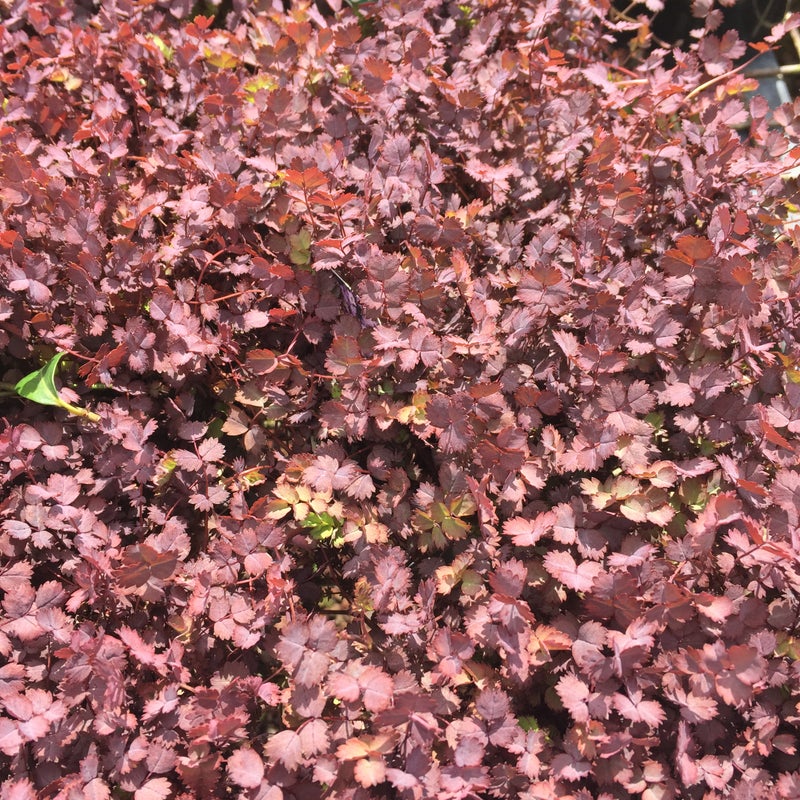
Acaena Purpurea
A groundcover that is best planted under trees, the Acaena purpurea will add a touch of beautiful colour (purple) to your garden, as well as being easy care – no mowing required!
Shop Now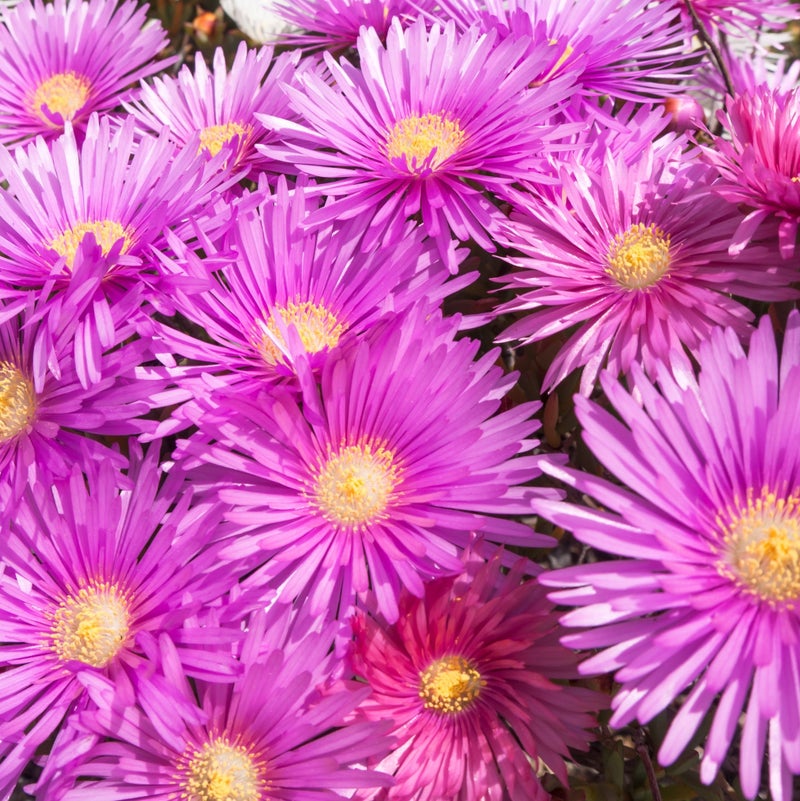
Mesembryanthemum
Known to have long-lasting flowers, this succulent is a ground cover that spreads over exposed soil and is hardy to dry and coastal areas. Plant on banks or dry parts of the garden.
Coming soon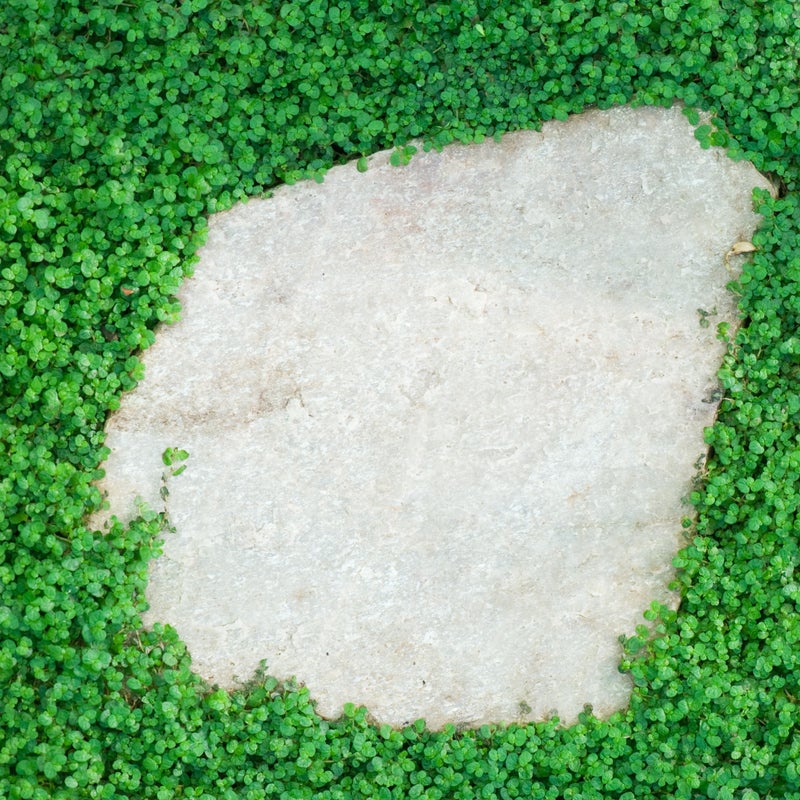
Baby’s Tears
Best suited for shaded areas with bright, indirect light, plant baby’s tears in moist soil and let it spread over areas that are out of the way and get little foot traffic.
Shop Now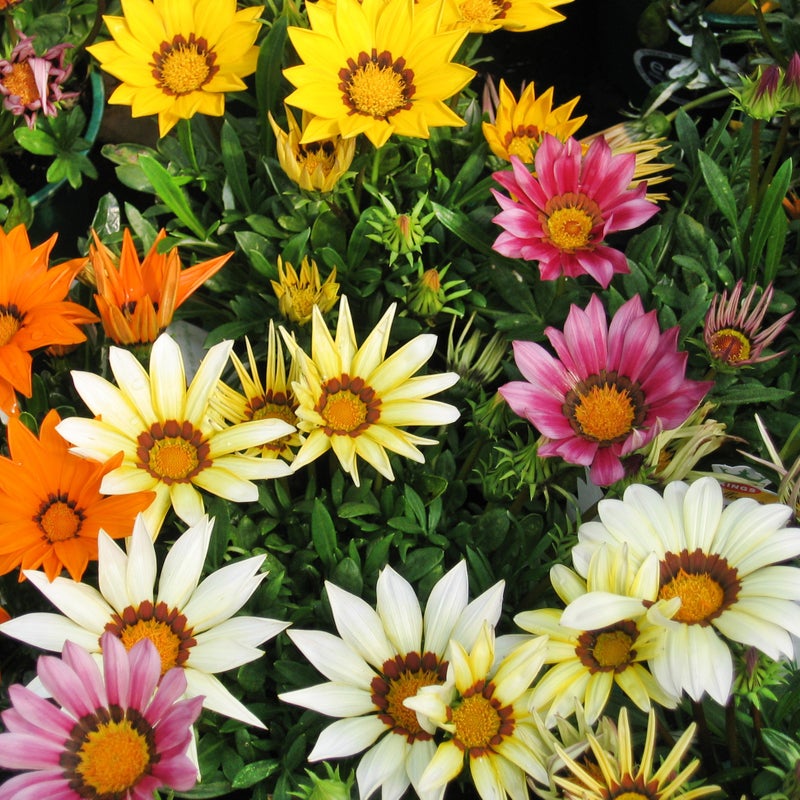
Gazania
Hardwearing, dry tolerant and happy in coastal conditions, Gazanias will fill in parts of the garden that are harder to plant out or stay watered. The groundcover silver foliage will spread over hot banks and exposed soil, blooming in summer with a gorgeous array of colourful flowers.
Shop Now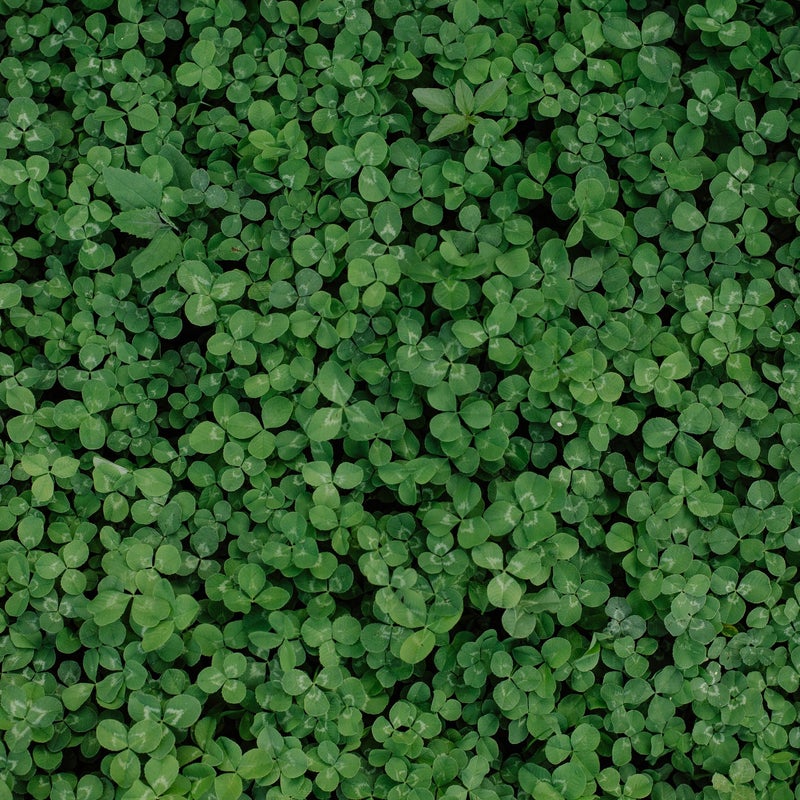
Clover
Soft under foot, resistant to dry conditions and hardwearing, clover is found in some grass seed packs already due to the plant’s hardiness. Some traditional gardeners see it as a weed, others as a hassle-free lawn alternative.
Coming Soon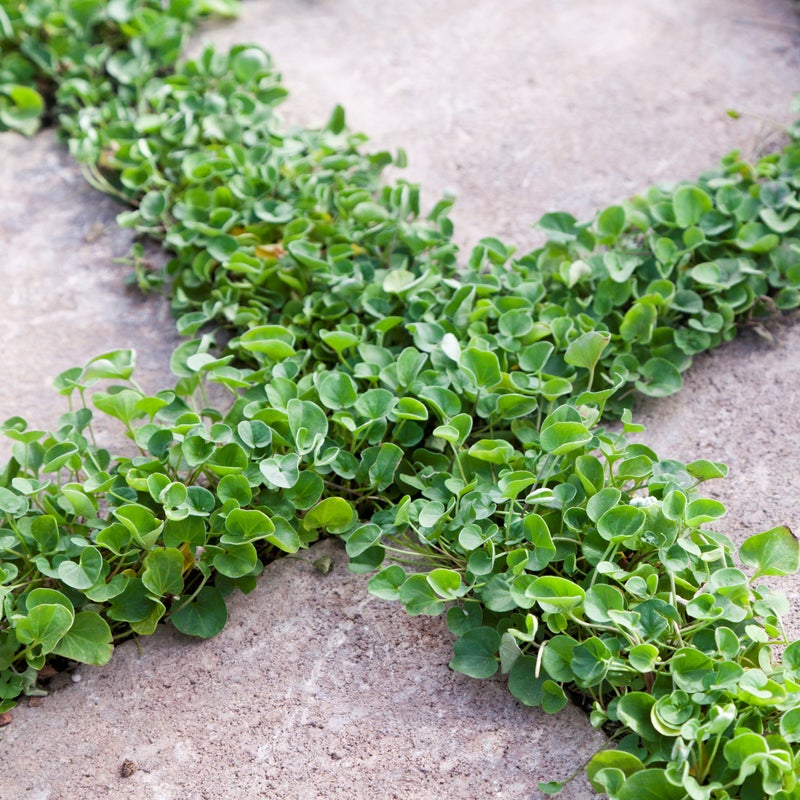
Dichondra
A soft groundcover that is one of the most popular lawn alternatives. Use the green version in the shade and under trees, and the silver in parts of the yard that get full sun. Plant as seeds, seedlings or full-grown plants, and water as you would a lawn for best results.
Shop Now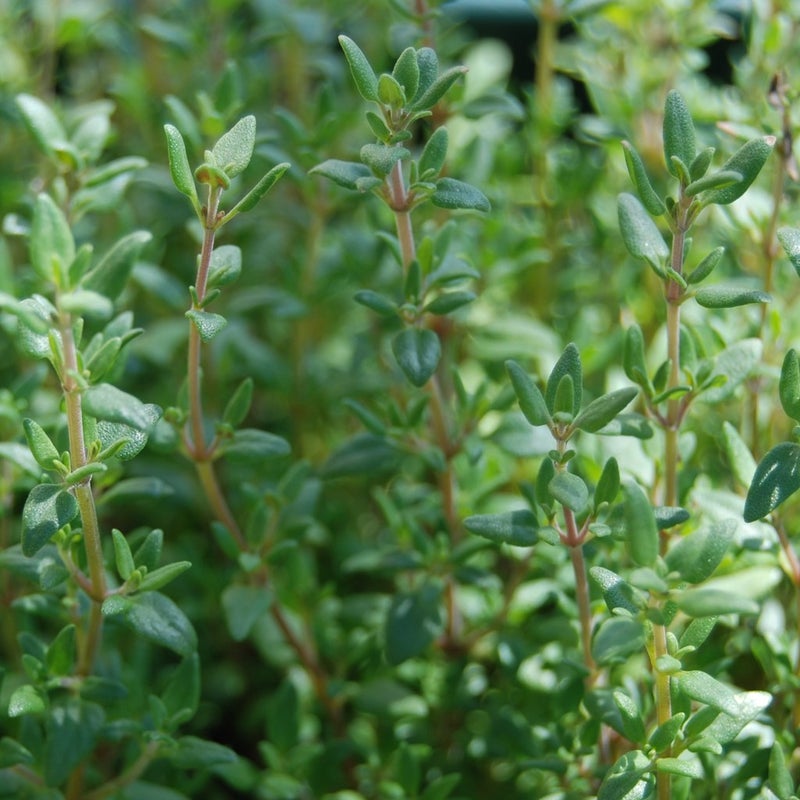
Thyme
A groundcover herb that loves the heat, you can plant thyme in those areas that need some greenery that doesn’t necessarily need to be grass. This includes on the side or the middle strip of driveways, and on slopes.
Learn More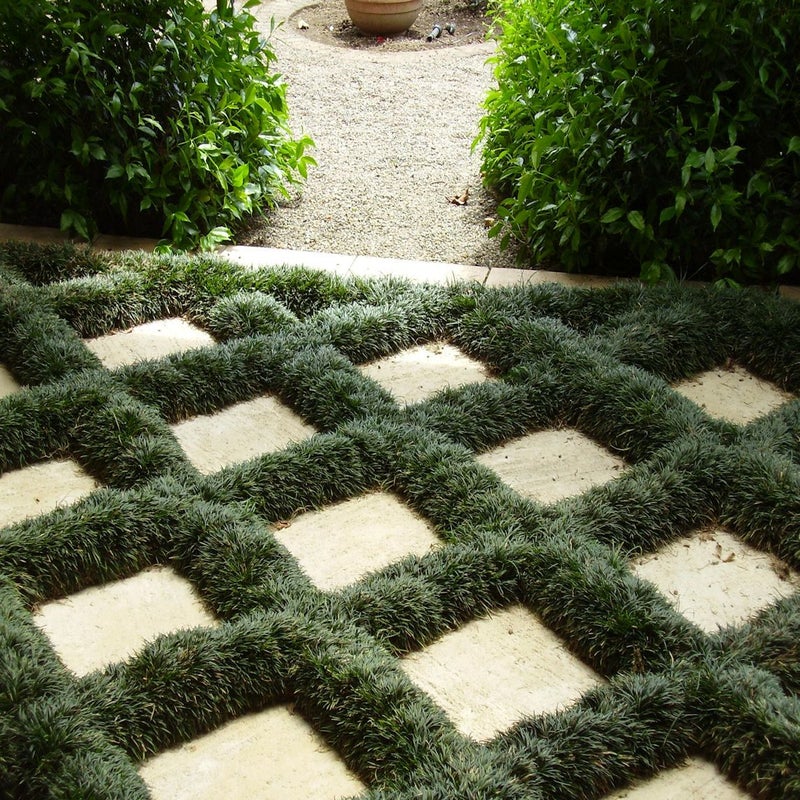
Mondo Grass
Fast-establishing mondo grass is perfect for the shaded side of the house that gets little direct sun. The plants look fantastic in between stepping stones or garden tiles and will fill in any gaps once they have settled into their new environment.
Shop Now